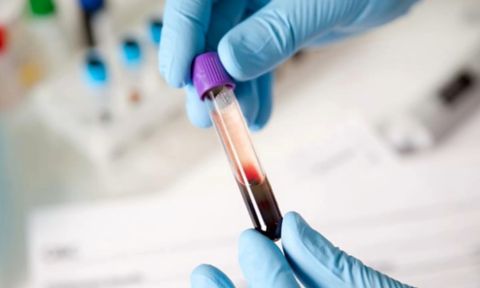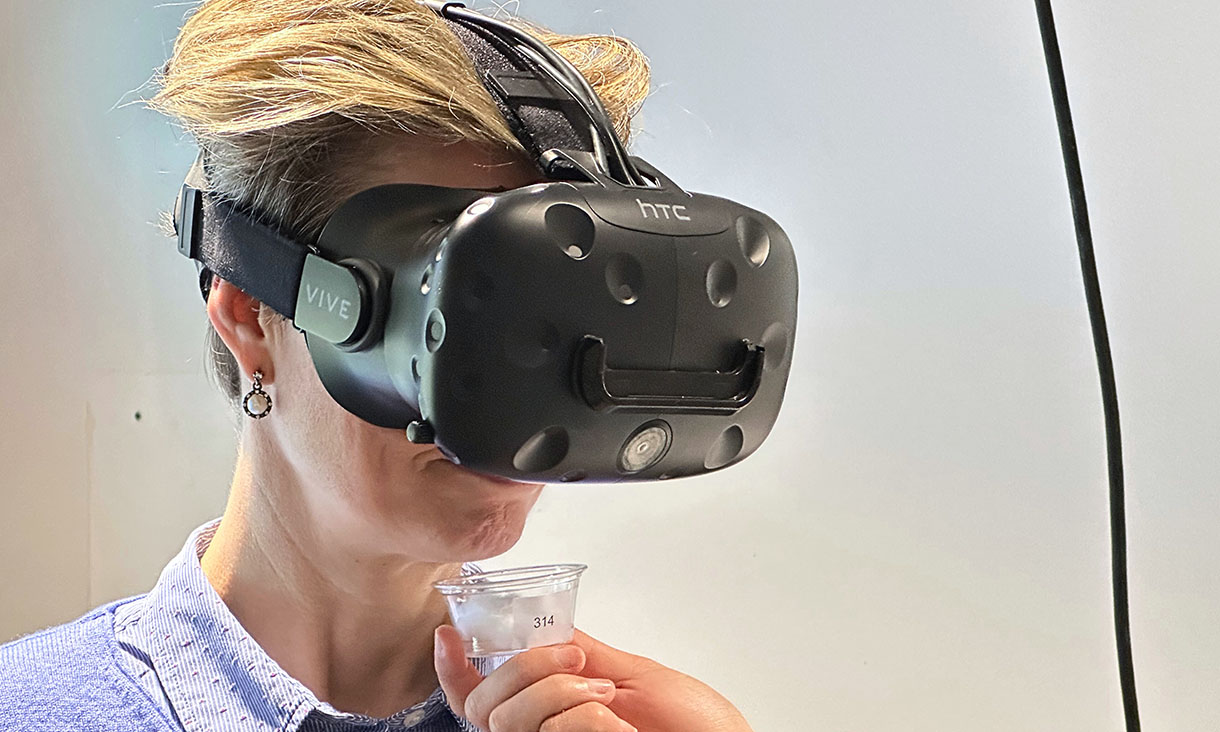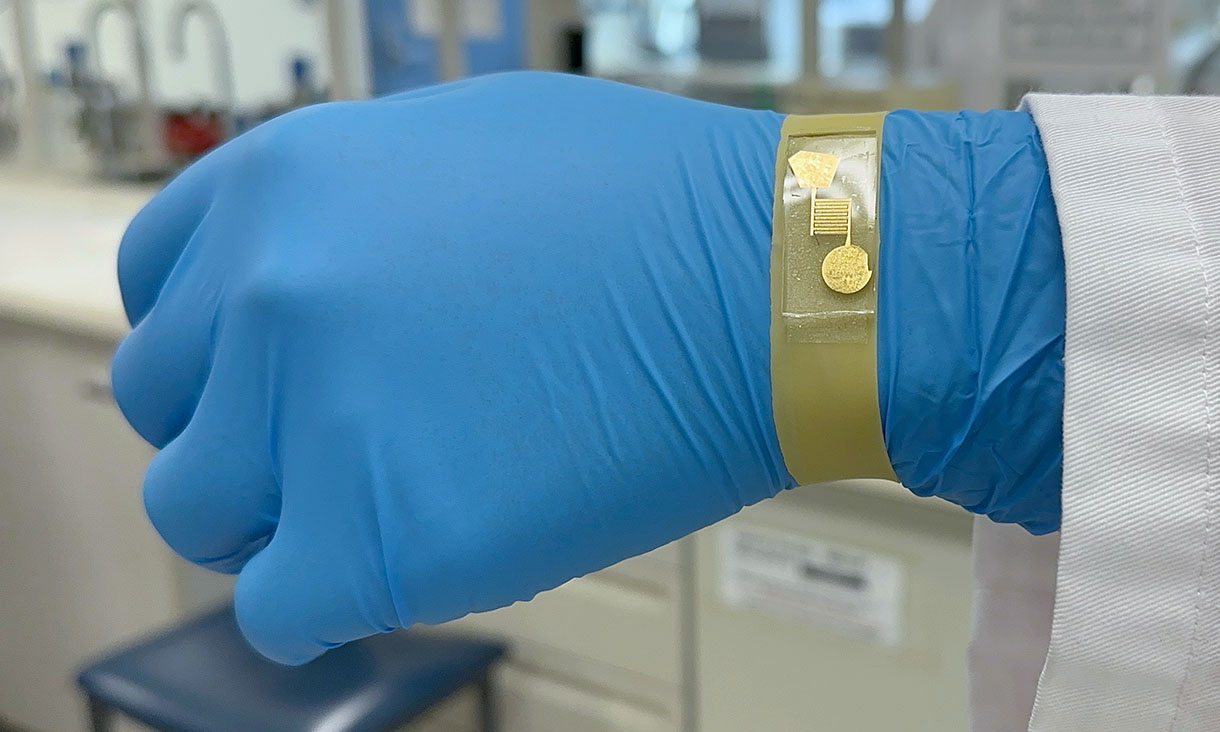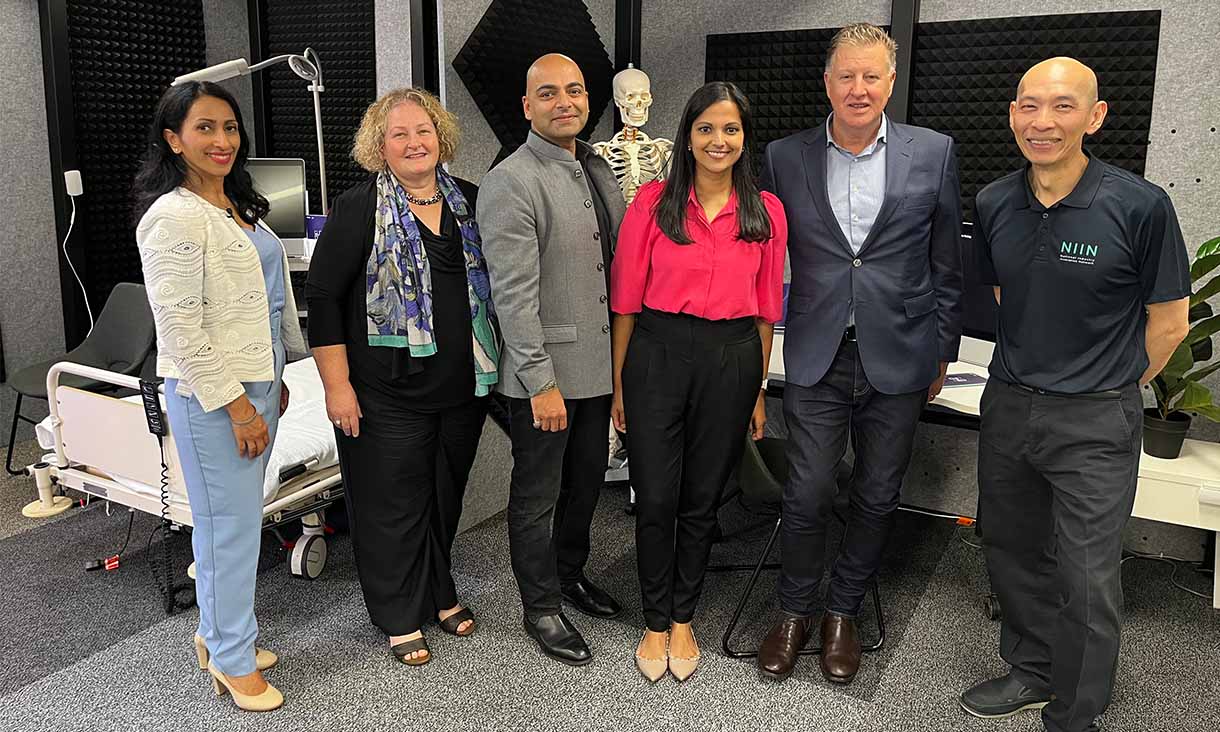Co-chief investigator Dr Karlheinz Peter, Deputy Director of Basic and Translational Research at the Baker Heart and Diabetes Institute, said the study helped explain why aortic valve stenosis can start to worsen dramatically, often over just a few months.
“The smaller the narrowing, the more the inflammatory cells get activated, and then they accelerate the disease,” Peter said.
“Our study also shows that a valve replacement - either through open heart surgery or via a catheter-based percutaneous approach - not only improves blood flow but also acts as an anti-inflammatory measure. The latter is a novel and centrally important discovery.”
Under pressure: how the study was done
Replacing the aortic valve is the most effective treatment for severe aortic valve stenosis.
For the study, researchers compared immune cells taken from 24 patients before and after replacement.
They also designed a microfluidic organ-on-a-chip system to replicate the conditions inside the aortic valve, pre- and post-replacement.
This enabled the researchers to precisely assess how the cells responded to changes in shear stress.
The team focused on the largest circulating cells – a type of white blood cell known as a monocyte – as they experience the most shear stress when passing through the narrow aortic valve.
Importantly, these cells are known to be central drivers of the pathology of aortic stenosis, but it has been unclear until now how changes in blood flow dynamics affected the immune response.
The researchers can now confirm that high shear stress activates multiple white blood cell functions.
A membrane protein known as “Piezo-1” was identified as the mechanoreceptor primarily responsible for activating these functions, making it a potentially druggable target.
The research also revealed for the first time that replacing the aortic valve has an anti-inflammatory effect, expanding the known therapeutic benefits of the procedure.
Peter said monocytes were also known to play a role in atherosclerosis, where blood flow is obstructed due to a build-up of cholesterol plaque in the artery wall.
“A drug that targeted Piezo-1 could potentially be applied to slowing the progression of aortic valve stenosis as well as treating atherosclerosis,” he said.






